We know. This isn’t the first time that you’ve heard that pushups are one of the most effective upper body exercises, and it certainly won’t be the last. Today, we’ll not only show you how to do the perfect pushup, but also the biggest mistakes to avoid.
Pushups are perfect for those of us that don’t want to pay for a gym membership, travel frequently, or love working out outside. They work every major muscle group in the body, including the legs!
It’s obviously effective for the chest, but did you also know that they help to strengthen back muscles, too? They also work both biceps and triceps, as well as the core.
The only major problem with pushups are these common mistakes, BUT with the directions and a few little technique fixes, you will be able to master pushups once and for all and get a great upper body workout with no equipment at all.
How to do The Perfect Pushup

Get into a Perfect Plank
- Start on a mat or on the floor on your hands and knees. Place your hands directly under your shoulders, and spread your fingers nice and wide. Be sure to place your weight into your knuckles and fingers, this will take some pressure off of the wrists.
- With your weight in your fingers, engage your chest muscles by slightly pulling your chest up to the ceiling. The muscles across your shoulder blades should almost feel as if they are pulling away from each other.
- Once your weight is in your fingers and your chest is engaged, step one foot back at a time, and ground your toes into the floor. You should now be in a full plank position.
- Engage your abdominals by tilting your pelvis slightly towards your nose. This should tighten your abs, lengthen your lower back, and will help to keep your hips in the correct position.
- Once your abs are tight, start to engage the muscles in your legs. Tighten your quadriceps, or the front of your thighs, as you squeeze your glutes.
- Keep your gaze about one foot in front of you, so that the back of your neck stays long and in alignment. Hold here and take a few breaths. By now you should feel every muscle in your body working.
Lower Towards the Floor
- Now we’re moving! Start to bend your elbows by keeping them close in by your sides. This means they should start to point back towards your feet. By the end of the movement, your elbows should be bent at about 90 degrees.
- Keep your gaze slightly in front of you as you lower down, making sure not to look too far forward, which would result in cocking the neck.
- Be sure to keep your abdominals and legs engaged as you lower to keep your torso and legs in one straight line. At the lowest point of your movement, your hips should be at the same height as your shoulders.
- As you lower, inhale through your nose and focus on drawing your shoulder blades down your back.
Now Pushup
- Focusing on keeping the weight in your fingers and knuckles, begin to press into your hands to lift your body back up.
- Exhale as you keep the elbows close in by your sides and you use the muscles in the chest and triceps to straighten the arms back up.
- Be sure to keep your hips moving up with you as you go. This is an easy place for those hips to sag! Keep the abs extra tight.
- Repeat your pushups 10-20 times until you can complete 3-4 sets with good form.
Common Mistakes and How to Fix them
1. Letting your Hips Sag
Allowing your hips to drop too much can put a lot of excess pressure on your spine and vertebra. Sagging your hips is an indication of not properly activating your core.
How to Fix it
Start by engaging your abs and tilting your pelvis towards your nose. This should lengthen your lower back and take away a lot of pressure you might be feeling. Lift your hips slightly so that they are just lower than your shoulders.
2. Hips Too High
Just as easily, you may also face the issue of your hips being too high. This is also a clear sign that your abdominals are not engaged. Because a correct pushup is a full-body exercise, it’s important to make sure you are getting all the benefits throughout the exercise.
How to Fix it
Engage your glutes by squeezing your glutes together. This should allow your hips to lower slightly. Try keeping them just about shoulder height at the bottom of your pushup.
3. Arms too Far Forward
A lot of people make the mistake of placing their arms too far in front on them. This is bad for two reasons. First, this can place strain on the elbows and shoulders, and second, it’s extremely inefficient, and will work the chest very little.
How to Fix it
Be sure to place the hands directly under the shoulders. Try to perform your pushups next to a floor-length mirror and make sure your arms are straight up and down, like pillars.
4. Flaring Arms out to the Side
If you are doing a standard pushup with your hands directly under your shoulders (not a wide pushup) allowing your elbows to bow out to the side will put a lot of stress on the shoulders.
How to Fix it
When lowering into your pushup, keep the elbows in close by sides, and bend the elbows to 90 degrees at the bottom. If this is too challenging for your upper body strength, try practicing a modified pushup on your knees until you work up enough strength.
5. Straining Your Neck
Looking too far in front of your not only puts stress on your cervical spine, but can also inhibit your breathing while performing your pushup.
How to Fix it
Be sure to look down while doing your pushups. Before you start, while in your plank position, find a focus point about one foot in front of you. As you lower into your pushup, continue gazing at that point, and then push back up. This will ensure you are not cocking your head during the movement.
6. You Don’t Go Low Enough
Lots of people don’t get enough depth in their pushups to really get full muscle engagement. Many go only halfway, and doing them this way won’t improve your strength like a full pushup would.
How to Fix it
When you lower into the pushup, make sure your elbows are bent at at least a 90-degree bend, and your upper arms are parallel to the floor. As you push back up, be sure to fully extend the arms.
Pushup Modifications
These are the two most common modifications, both to regress AND progress your standard pushup. Once you have these down, try these 10 different pushup variations to shake things up!
Regression – Knee Pushups
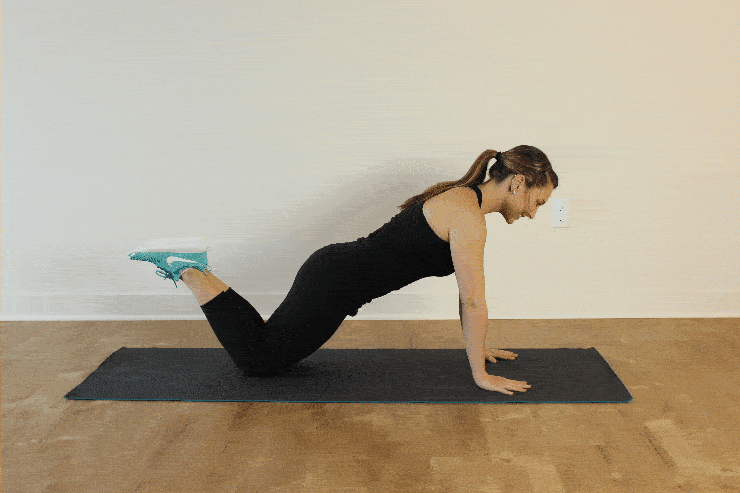
Engage your abdominals and lower down, bending the elbows. Focus on pressing through your knuckles to push up, to prevent discomfort in your wrists.
Progression – Single Leg Pushups
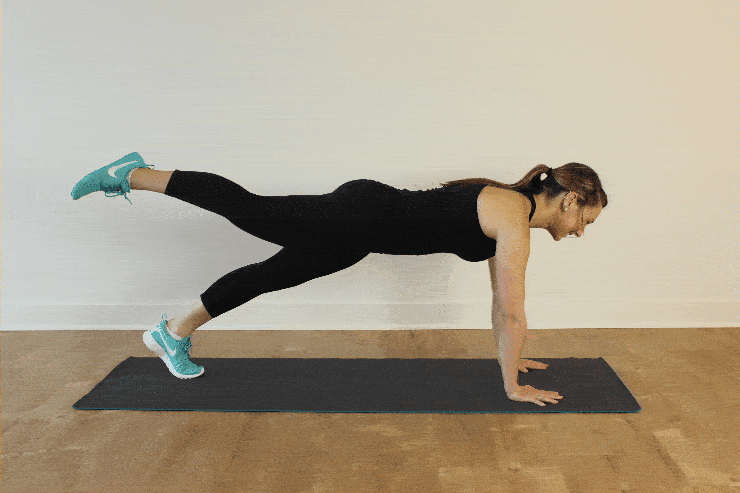
With these common mistakes corrected, you should be well on your way to strengthening your upper body and can soon start adding other pushup variations into your repertoire.
Watch the Video Below!
(Your Next Workout: Easy Push-Up Progressions)


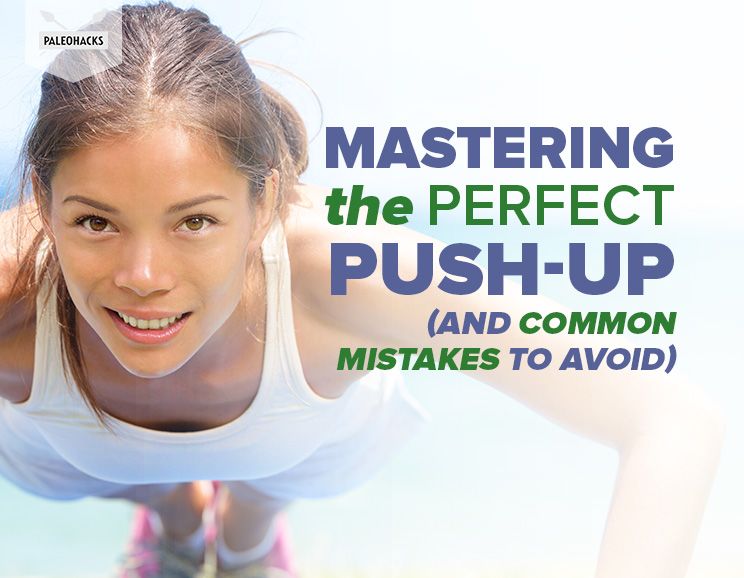
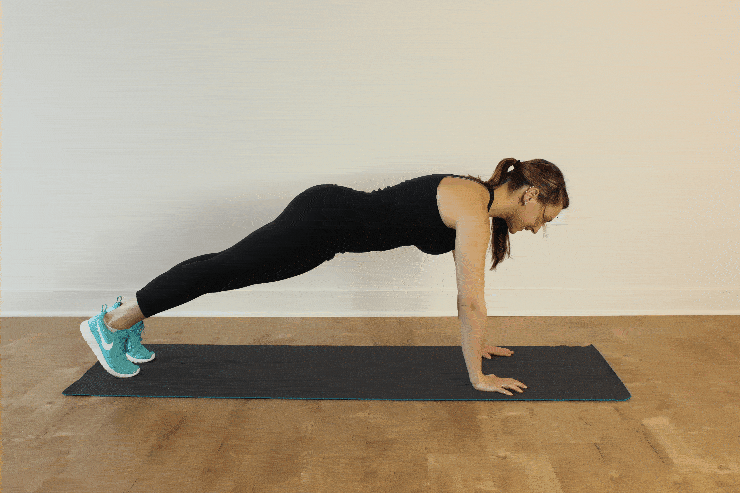
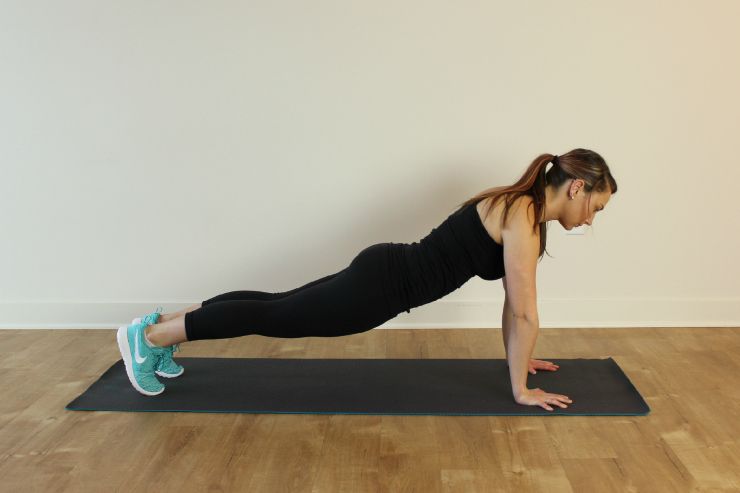
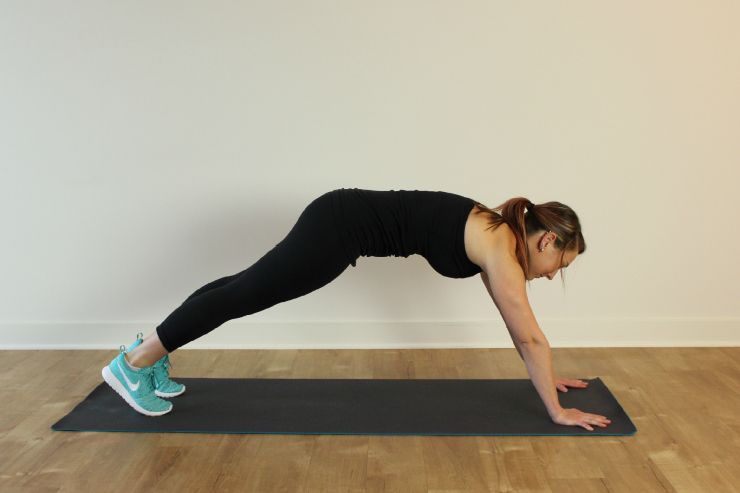
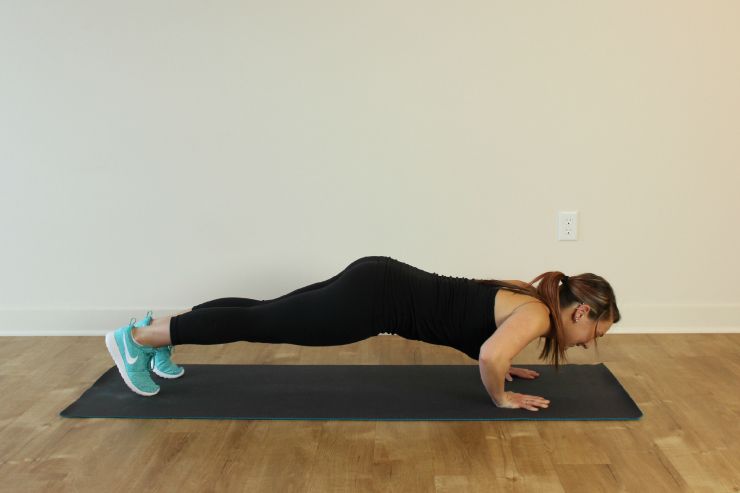
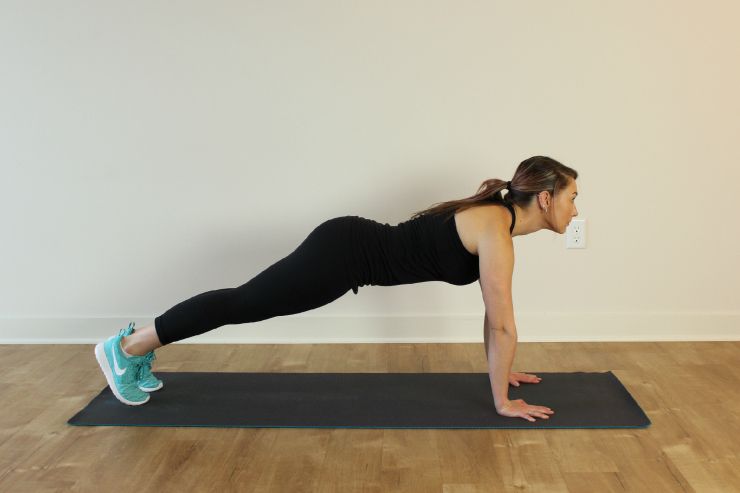

 How to Eat Safe, Healthy Salmon + One-Pan Salmon Dinner for Two Recipe
How to Eat Safe, Healthy Salmon + One-Pan Salmon Dinner for Two Recipe

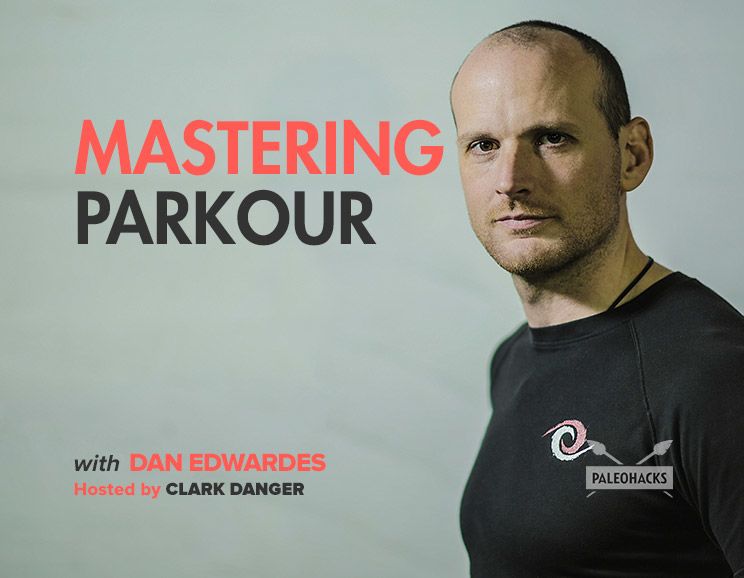


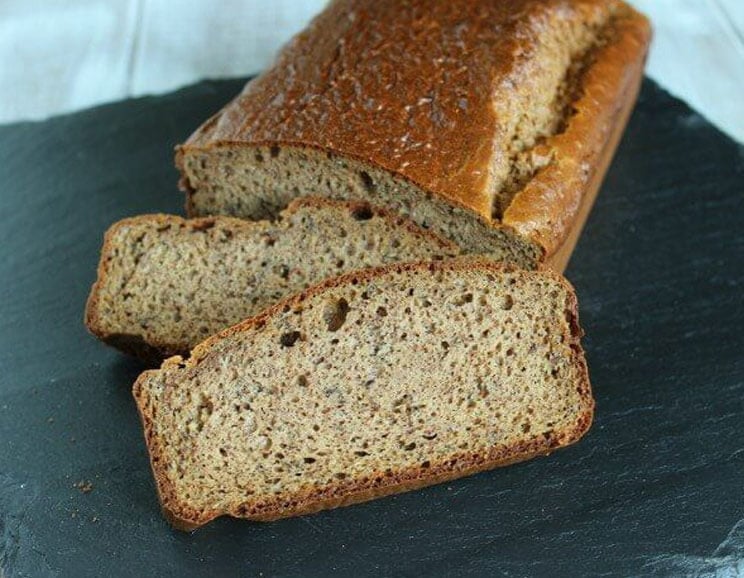


Show Comments